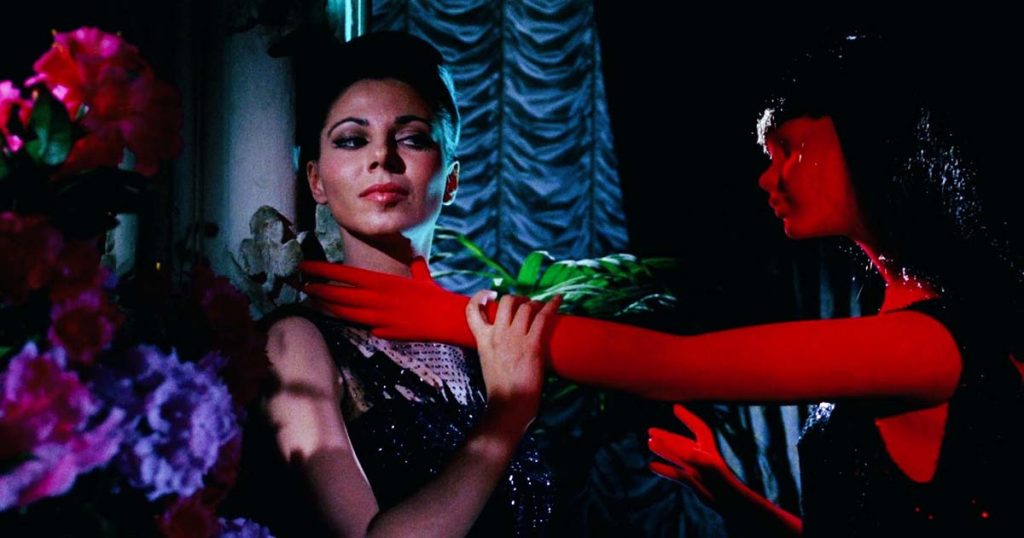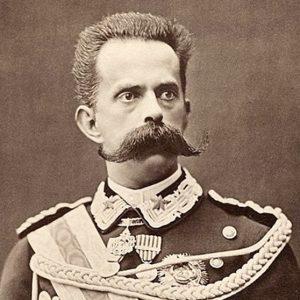Mario Bava, born on 31st July 1914 in Sanremo, Italy, is celebrated as a pioneer in Italian cinema, particularly in the horror genre.
Over a career spanning nearly 50 years, Bava’s multifaceted contributions as a screenwriter, director, cinematographer, and special effects artist left a lasting influence on the film industry.
Despite often working with low-budget productions, Bava’s boundless imagination and artistic flair elevated his work to iconic status, cementing his legacy as the “Master of Italian Horror.”
Early Life and Career Beginnings
Mario Bava followed in the footsteps of his father, Eugenio Bava, who was a special effects photographer and cameraman in the Italian silent film industry. Although Mario initially aspired to be a painter, his artworks did not sell well enough to sustain a living. To support himself, Bava leveraged his father’s connections and began working as an assistant to various Italian cinematographers. This experience included helping his father in the special effects department at the Istituto Luce, a film production company established by Benito Mussolini to promote Italian cinema.
By the late 1930s, Bava had established himself as a cinematographer, collaborating with the emerging director Roberto Rossellini on two short films in 1940. His expertise in cinematography laid the groundwork for his future success as a director, where he would innovate and redefine genre filmmaking.
Directorial Debut and Breakthroughs
Bava’s directorial debut came somewhat unexpectedly in the 1950s when he took over the project “I Vampiri” after director Riccardo Freda abandoned it. This film, released in 1957, is recognised as the first Italian horror movie. Bava’s ingenuity and ability to create atmospheric tension with limited resources became a hallmark of his style.
In 1958, Bava co-directed Italy’s first science fiction film, “The Day the Sky Exploded,” with Paolo Heusch. His knack for blending horror and science fiction themes continued to set him apart in the industry. Bava’s 1960 film “La Maschera del Demonio” (The Mask of the Devil), known internationally as “Black Sunday,” was Italy’s first Gothic horror film. Its striking visuals and chilling narrative garnered international acclaim, establishing Bava as a significant figure in the horror genre.
Innovation in Genre Filmmaking
Bava’s influence extended beyond horror to the giallo genre, a uniquely Italian style of murder mystery. His 1963 film “La Ragazza che Sapeva Troppo” (The Girl Who Knew Too Much) is widely regarded as the first giallo film, characterised by its intricate plot, stylish cinematography, and suspenseful atmosphere.
The following year, Mario Bava directed “Sei Donne per l’Assassino” (known as Blood and Black Lace). The film is one of the earliest examples of the slasher film genre. This movie’s depiction of brutal, stylised murders would later inspire numerous American slasher films.

One of Bava’s most influential works, “Ecologia del delitto” (known as A Bay of Blood) released in 1971, directly influenced the American slasher genre, with filmmakers like Steve Miner citing it as an inspiration for “Friday the 13th Part II.” The film’s inventive and graphic death scenes set a new standard for the genre, proving Bava’s ability to push boundaries and challenge audience expectations.
Far-Reaching Influence
Bava’s impact on cinema is evident in the works of several renowned directors. Martin Scorsese, Quentin Tarantino, Francis Ford Coppola, and Tim Burton have all cited Bava as an influence on their filmmaking. His mastery of visual storytelling, atmospheric tension, and innovative special effects techniques resonated with these directors, shaping their approaches to genre and style.
Beyond film, Bava’s influence extended into music. The British rock band Black Sabbath, pioneers of the heavy metal genre, took their name from Bava’s 1963 film “Black Sabbath.”
A Humble Legacy
Despite his significant contributions to cinema, Bava remained an unassuming figure, often turning down opportunities to work in Hollywood. His preference for staying in Italy and working on modestly budgeted projects probably limited his commercial success. However, it allowed him to maintain creative control and produce a body of work celebrated for its artistic merit.
Bava’s pride in his work extended to his family. His son, Lamberto Bava, followed in his footsteps, working as his assistant for 14 years before directing his own films. Lamberto continued the Bava legacy, contributing to the horror genre with his unique vision.
A Sudden Loss
Mario Bava’s death in Rome in 1980 from a heart attack at the age of 65 came as a shock to his friends, family, and the film industry. Just days before, a physical examination had declared him in perfect health. He was laid to rest at the Flaminio Cemetery in Rome.




